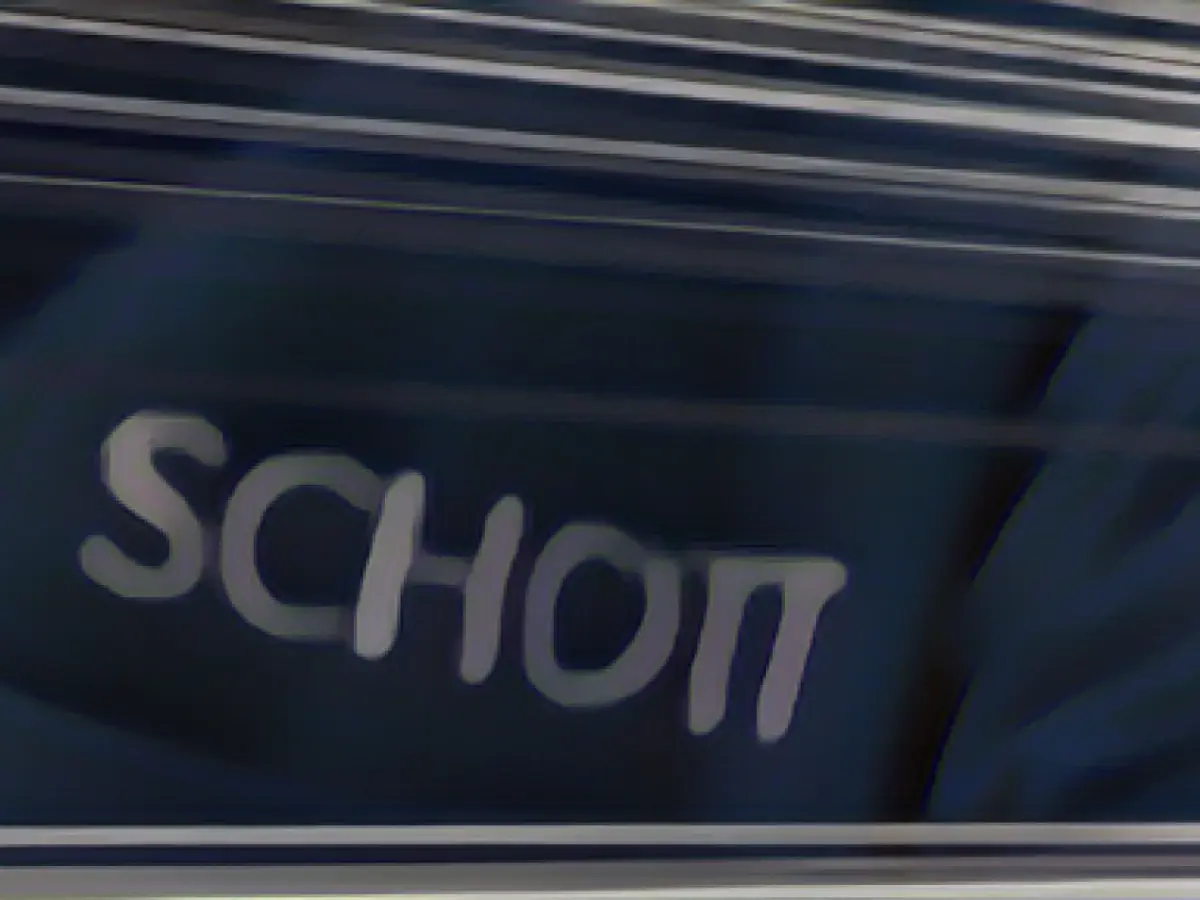Shedding Green: Schott's Ambitious Journey to Carbon-Neutral Glass Production
Based in Mainz, Germany, globally renowned specialist glass producer Schott is gearing up to make its energy-hungry glass manufacturing processes carbon-neutral by 2030. This transformation features trials involving powering melting tanks with green electricity and hydrogen, coming up this Thursday, 10:30 a.m., at Schott's Mainz headquarters.
The heat is on for Schott to maintain temperatures of up to 1,700 degrees Celsius during specialized glass production, a feat traditionally reliant on natural gas. Kudos to Schott's dedication to the green cause, the company bagged the German Sustainability Award for its 2030 carbon-neutral production plan, showcasing its pioneering moves towards an eco-friendly production future.
Schott's eco-conscious endeavors don't limit themselves to Mainz; the company delves deep into Rhineland-Palatinate's glass melting tanks, investigating hydrogen potential to reduce its carbon footprint nationwide.
Challenges and Opportunities Ahead
Transitioning the glass industry in Rhineland-Palatinate to carbon neutrality requires tackling several hurdles, including maintaining high temperatures of up to 1,700 degrees Celsius in the melting tanks with green electricity or hydrogen.
Schott's Green Breakthroughs
- Schott made waves in March 2022 by successfully producing optical glass using 100% hydrogen as fuel, setting a new industry benchmark without sacrificing quality. This achievement marks a significant leap in the production process, demonstrating hydrogen's potential to replace natural gas in high-temperature melting.
- Schott modernized its infrastructure and burner systems to make way for hydrogen as a future fuel source, using a 5,000 Nm³ hydrogen tank for consistent hydrogen melting.
- The company has been collaborating to harness 100% green electricity for its operations since 2021, further reducing its overall carbon footprint.
- Schott developed a certified guideline for quantifying a product's Carbon Footprint (PCF), enabling potential emission reductions and setting industry benchmarks.
Hurdles in Implementation
- High energy requirements:削りまだとれない高質量ガラス製造の高温造成過程は極端にcers/kWhを要求し、该当てはとれない熱量を enero,Schott must address the substantial energy demands to make a successful move toward carbon-neutral glass production.
- Infrastructure and cost: The absence of well-established hydrogen infrastructure and competitive green hydrogen prices pose challenges when scaling up tests and production. Schott advocates for regulatory improvements to support innovative clean hydrogen technology initiatives.
- Hydrogen availability: Schott's current hydrogen tests rely on gray hydrogen due to limited access to green hydrogen. To fully tap into clean energy sources, Schott underlines the necessity of investing in green hydrogen production and distribution infrastructure.
Addressing these challenges and continuing to innovate is Schott's key to achieving carbon-neutral glass production by 2030.
Enrichment Data
Schott overcomes the challenges of high energy demands, infrastructure, and cost, as well as hydrogen availability, to achieve carbon-neutral glass production by 2030 using green electricity and hydrogen through various strategies:
- Technological advancements, such as hydrogen utilization of 100%, which Schott has already demonstrated using industrial-scale furnaces without compromising quality.
- Green hydrogen infrastructure through heavy investments in research and development to prove high-quality glass can be produced with hydrogen.
- Adoption of green hydrogen via transition from gray to green hydrogen, requiring investments in green hydrogen production and distribution infrastructure.
- Integration with digital twins and predictive maintenance by leveraging technologies like the H2GLASS project to optimize processes, reduce energy consumption, and improve efficiency.
- Scalability and cost-effectiveness by scaling up hydrogen use in glass production to reduce carbon footprints, aiming for 100% hydrogen combustion in the future.
- Policy support and framework improvements for improving conditions to drive innovative hydrogen production and utilization ideas, both in manufacturing and distribution infrastructure.
- Utilizing surplus renewable energy sources, such as wind and solar power, to produce hydrogen and reduce the need for fossil-fueled hydrogen production.
By addressing these challenges through technological innovation, infrastructure development, policy support, and sustainable practices, Schott is one step closer to achieving carbon-neutral glass production by 2030 using green electricity and hydrogen.








